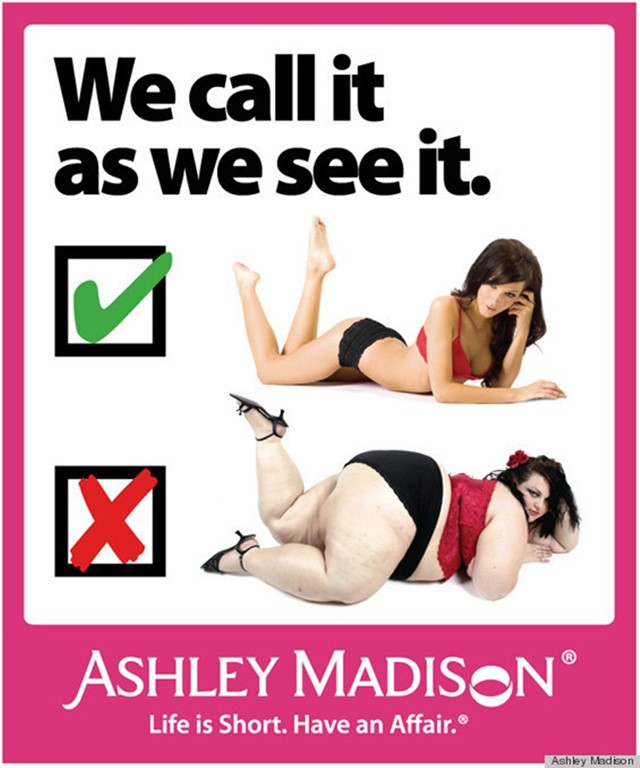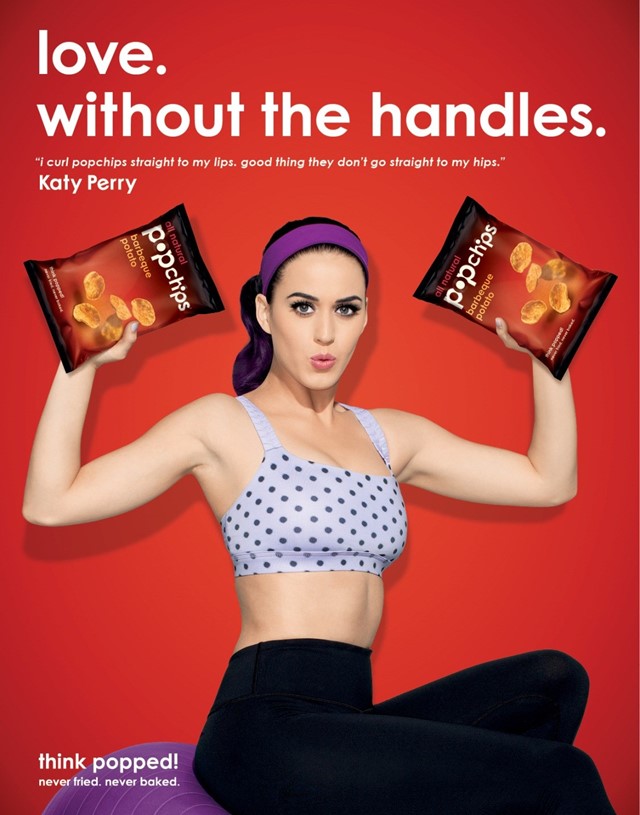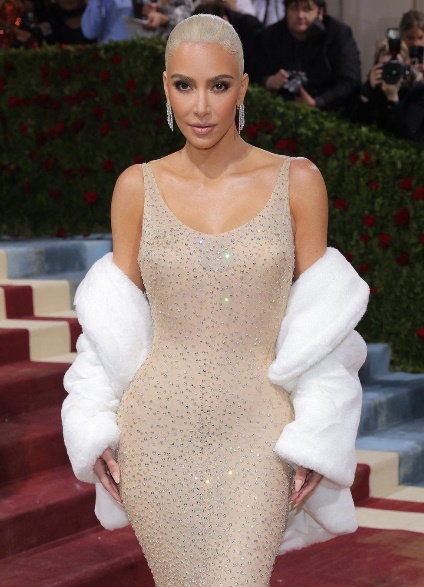Introduction
Many people are concerned about their appearance when using digital media or seeing advertising. Influencers and celebrities present an idealized lifestyle and looks on image-based social media and media campaigns. They create a distorted perception of appearance for the audience, leading to heightened concerns about body image and self-esteem. The social media usage is connected to rising rates of melancholy, anxiety, poor body image, and eating disorders as users compare themselves to others (Derenne & Beresin, 2018). While advertising and social media still predominantly use idealized appearance standards, a growing number of companies and celebrities are supporting advertising and fashion directions focused on health and natural beauty.
Issue of unhealthy habits promotion
The Internet continues to be the primary source of health information for the great majority of individuals, although this information is not always reliable or controlled. Independent websites and social media platforms are rife with self-proclaimed experts promoting the most recent weight reduction and workout plans (Derenne & Beresin, 2018). Some of them could be considered pro-anorexia since they promote unnatural goals for low weight. There has been some progress in censoring such webpages by web browsers. Despite this, new social media have been less effective in preventing the spread of pro-eating disorder pictures, suggestions, and interactive forums (Derenne & Beresin, 2018). Thus, a need for media regulation prevails to this day.
Online and print ads, as well as the influence of celebrities, contribute to the spread of pro-eating disorders. For instance, Ashley Madison’s dating agency promoted an ad based on weight differences and created massive infidelity controversy (see Fig. 1). The campaign presents two ladies dressed in underwear, one slim and one obese (Hall, 2017). A large red cross is placed next to the larger model to emphasize the unattractiveness of an overweight woman.

Another example is advertising for low-calorie snacks with Katy Perry’s participation (see Fig. 2). The celebrity poses in gym clothes under the slogan “Love. Without the handles” with two bags of low-calorie food (Hall, 2017). The implication is that her figure is desirable, and the diet with this product is an excellent option. One recent example of a controversial situation involving celebrity and appearance issues is Kim Kardashian’s look at Mat Gala (see Fig. 3). The star sought to amaze the audience by wearing the dress of the famous Marilyn Monroe. She followed a strict diet to make it fit better, proudly reporting this fact to the media (“Kim Kardashian,” 2022). The TV star has plenty of fans around the world who are following her example. Her act and advertising with Katty Perry can push their fans to find ways to lose weight and be more like their favorite media personalities, leading to unhealthy behavior, eating disorders, and other mental issues.


Examples of celebrities and media campaign negative influence
However, companies and celebrities increasingly understand the power of their influence and therefore turn to healthier campaigns. For example, last year, the Athleta clothing brand launched an advertisement where it presents clothes for women of various complexions (see Fig. 4). Such campaigns will help the audience understand that a thin figure is not the only standard. A positive attitude towards all body constitutions will allow people to accept themselves and feel comfortable in their bodies, supporting their confidence and self-esteem.

Conclusion
Finally, media and celebrities need to recognize their role in projecting body image and influencing people. Some advertisements and posts with questionable morals can harm the younger generation. The examples mentioned in this essay contribute to the search for perfection, which often leads to eating disorders in young people. They strive for a better body through questionable means such as starvation and may develop anorexia or become addicted to overeating due to stress. If these trends continue, they will scar many people for a long time and cause great waves of depression worldwide.
References
Athleta’s new body-positive campaign aims to build on its skyrocketing growth. (2021). AdAge. Web.
Derenne, J., & Beresin, E. (2018). Body image, media, and eating disorders—a 10-year update. Academic Psychiatry, 42(1), 129-134, Web.
Hall, J. (2017). Five ads that took body-shaming to a whole new level. Dazed. Web.
Kim Kardashian criticised over Marilyn Monroe dress diet for Met Gala. (2022). BBC News. Web.